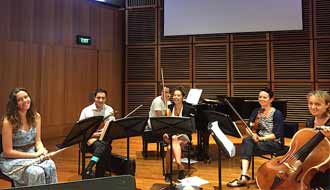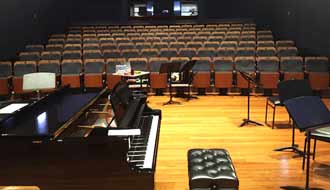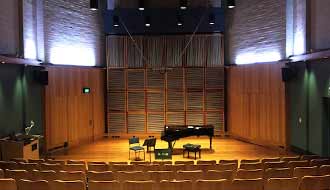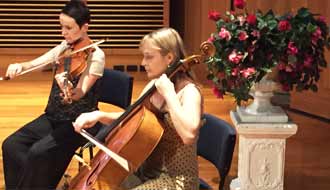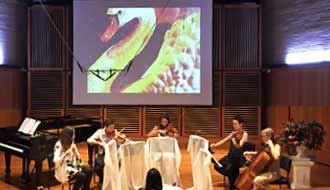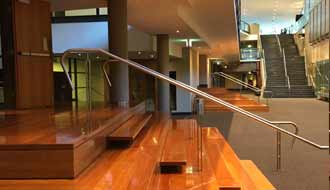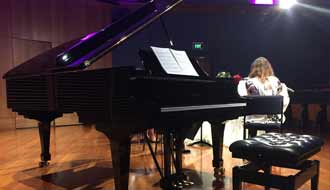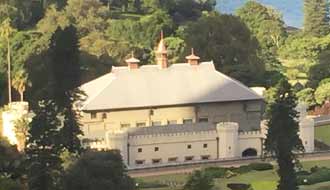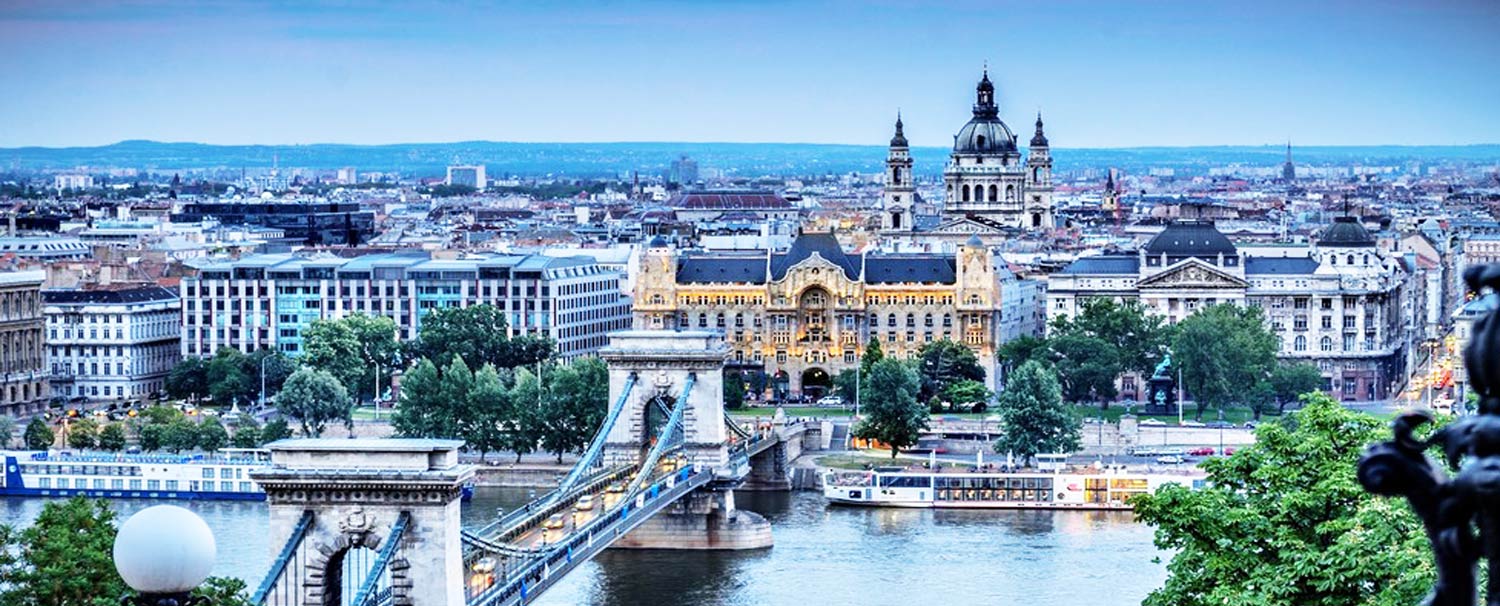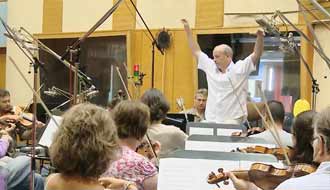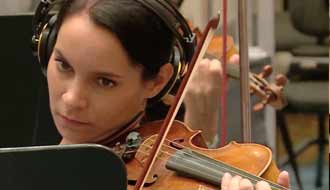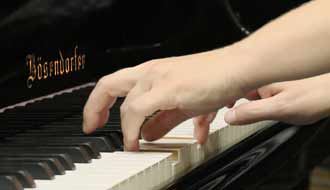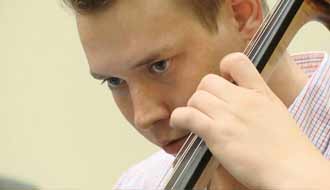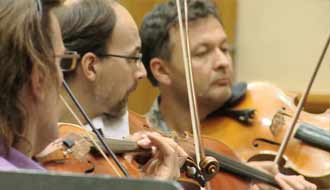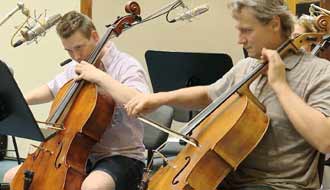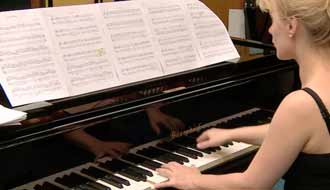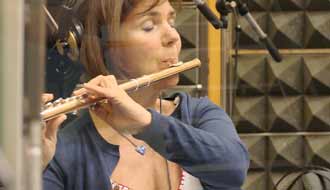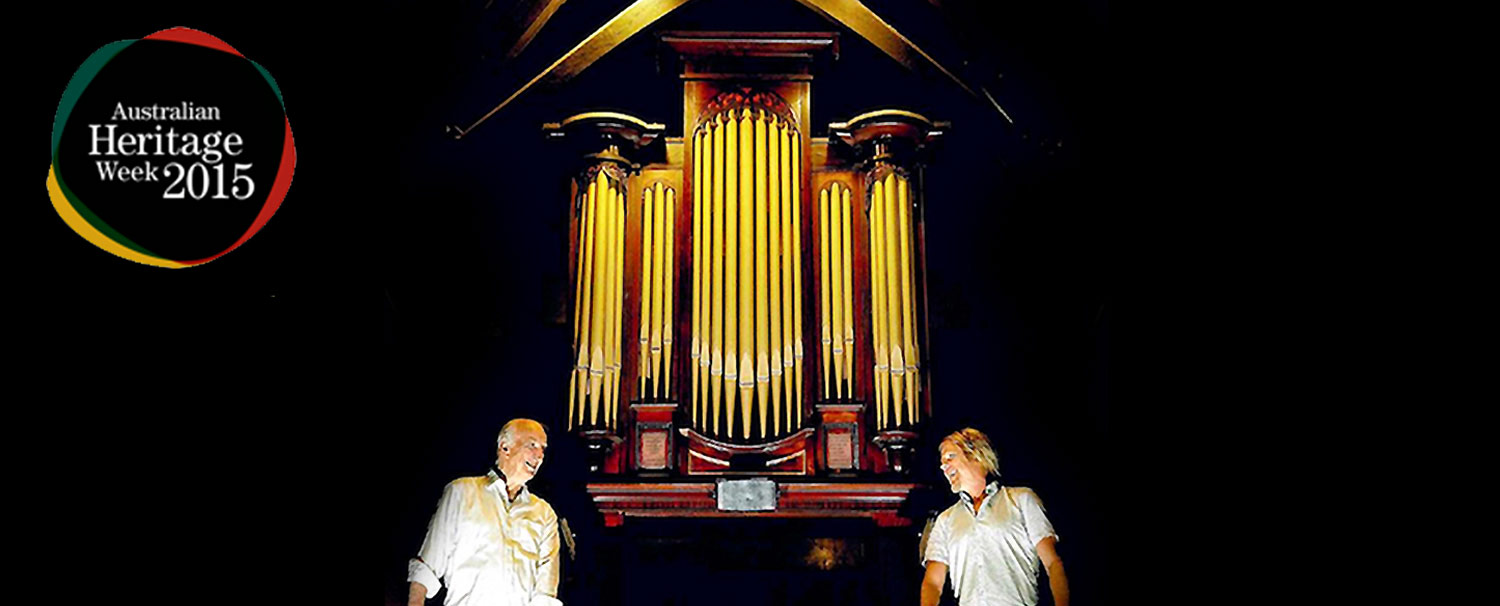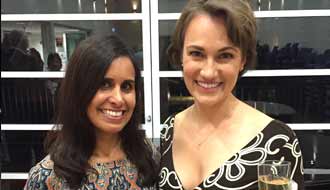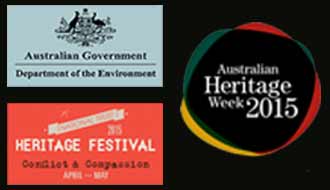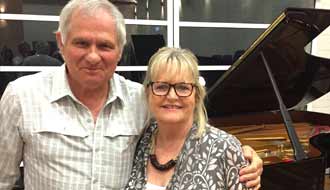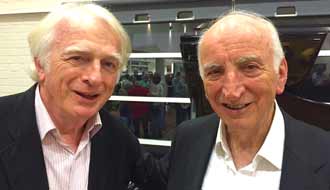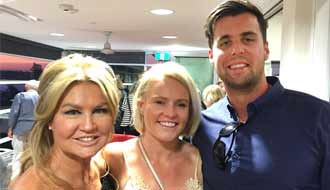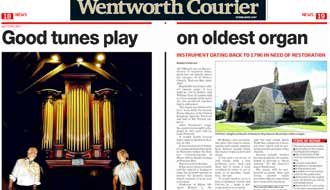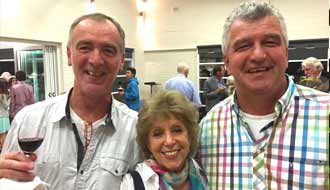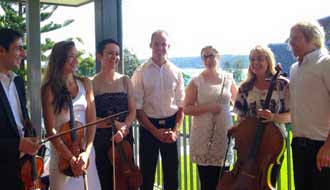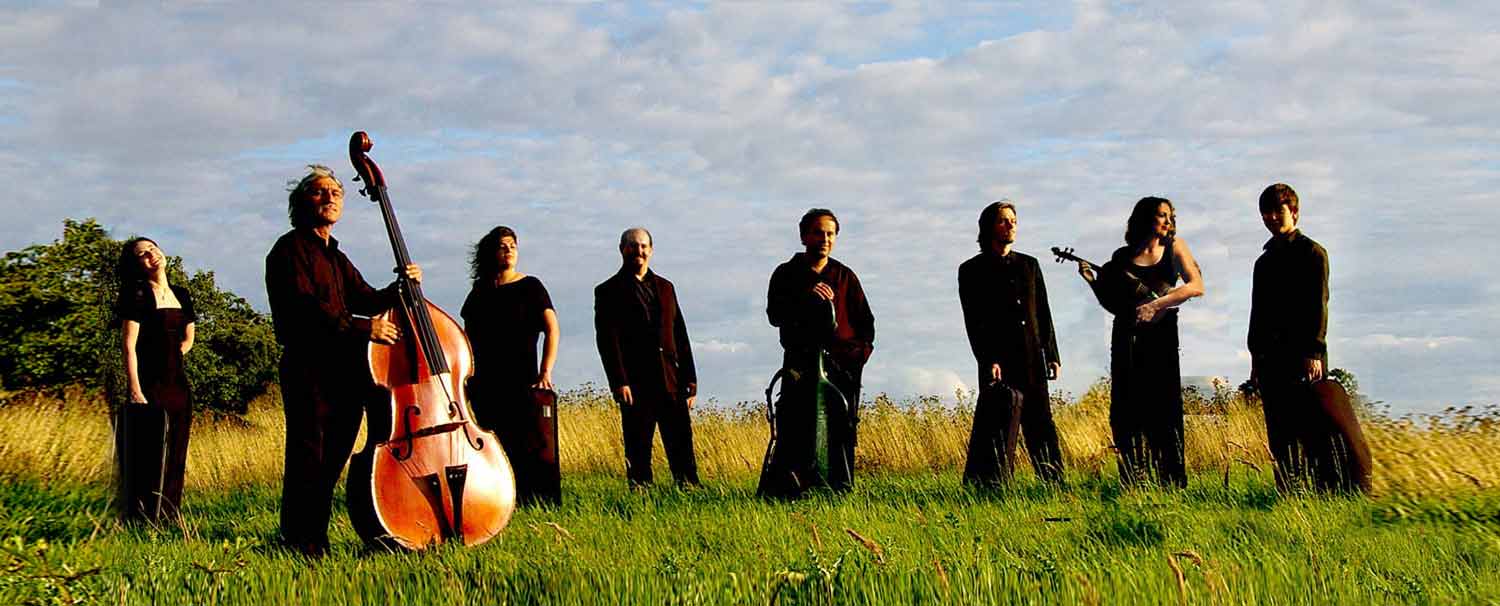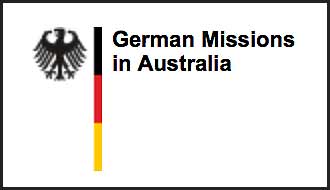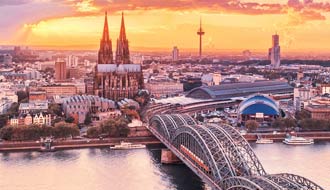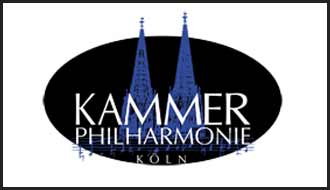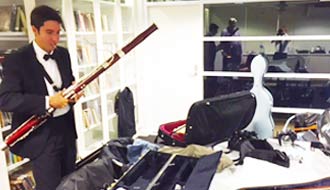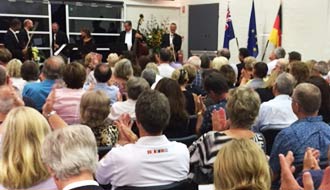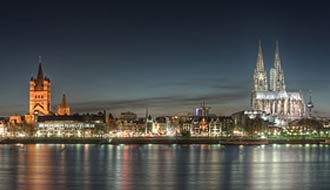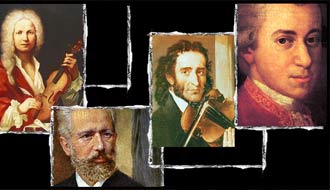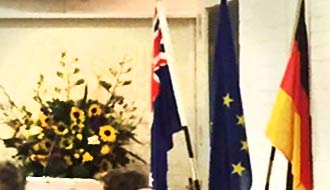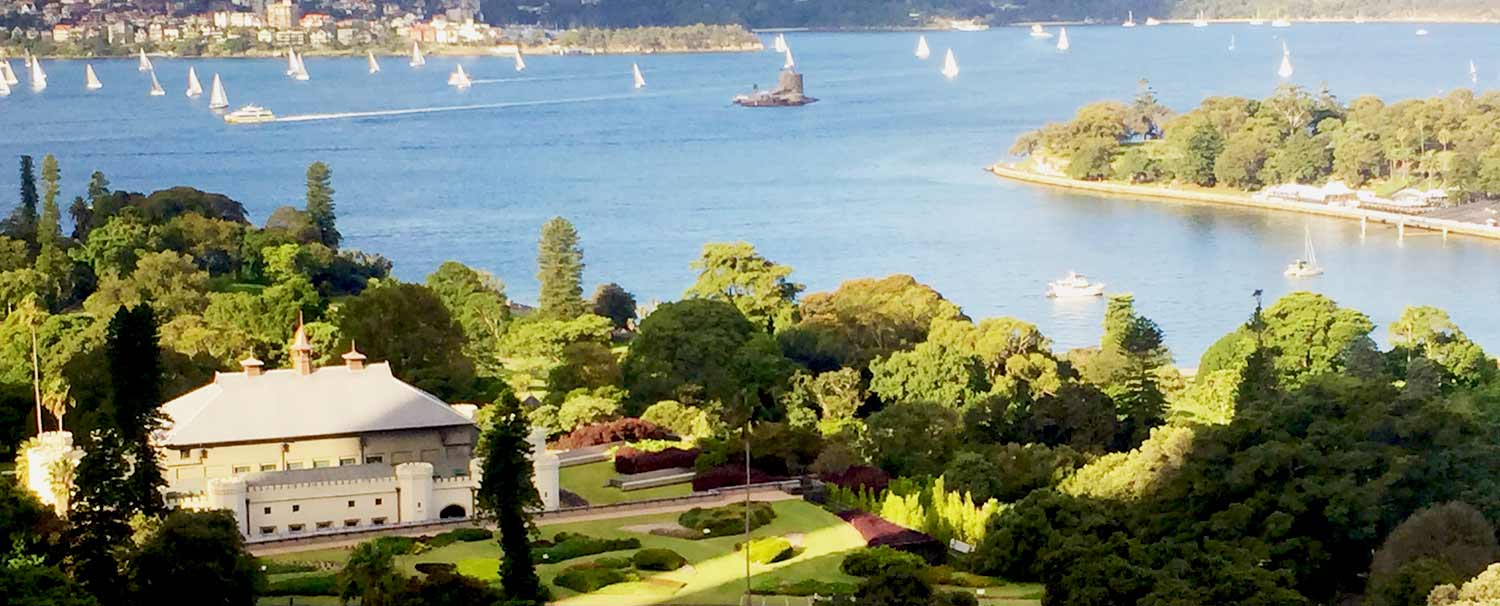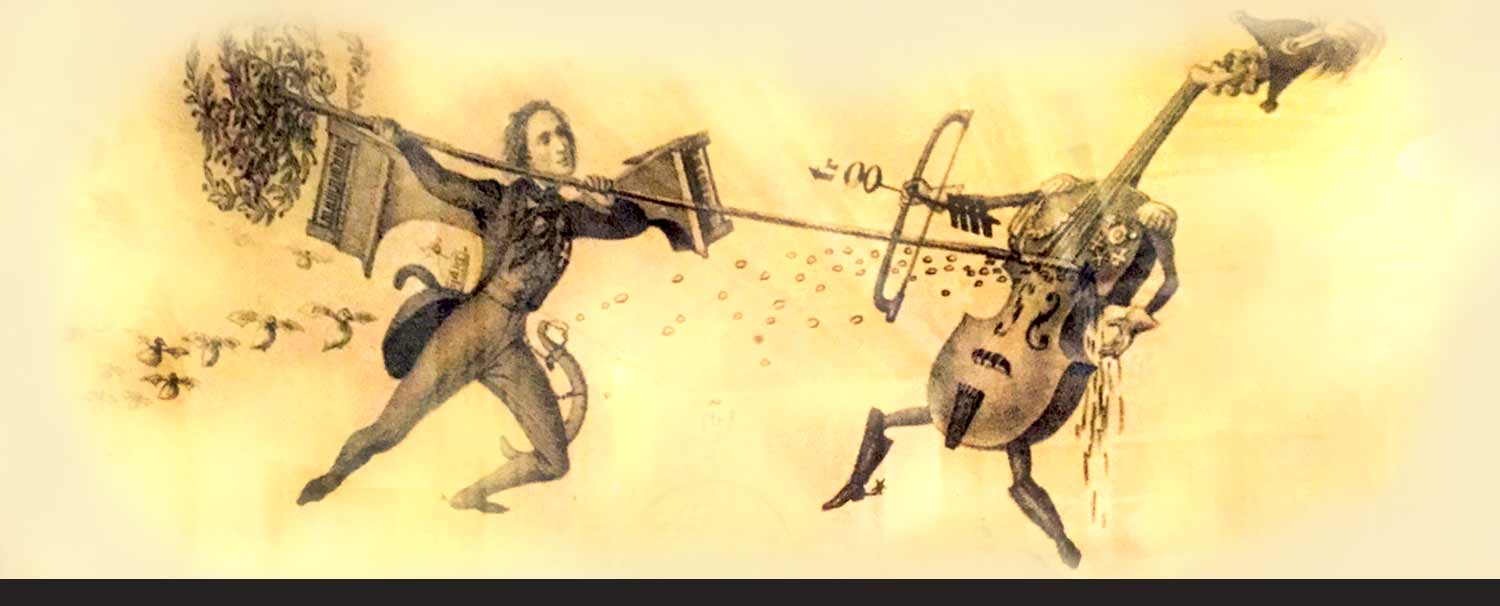
2016
New chamber recordings from Budapest, Hungary
The beautiful and historical city of Budapest Hungary. Home to composers Franz Liszt, Ernő Dohnányi, Zoltán Kodály and Béla Bartók and the opera composer Ferenc Erkel the city boasts a rich musical culture, whether its classical music, modern experimental, electronica, alternative music, or traditional Hungarian folk music.
Recorded locally by a twenty-two piece chamber orchestra featuring 6 violins, 5 violin twos, 4 violas, 3 cellos, piano and flute, the two new musical works Dante and Love Song are now complete and on offer for musical enjoyment. A unique and fresh listening experience through the medium of chamber music, the music, addressed in hindsight, is a blend of baroque and romantisism with a genuine contemporary twist.
Dante, B minor (The ebb of inner struggle and the movement toward resolution and overcoming). Not too dislike the classic tale of hero’s return. Here one arrives at their inner most reflections. Pushed beyond the depths of despair, loss and inner turmoil comes a stillness where faith is all that is left and is the foundation, the corner stone in the journey to renewal.
Love Song, G major (Gratitude, grace, humility,). The inner yearning to connect with the divine, the longing, the inner worlds of the beautiful beyond. Here the experiencer sings back to the divine in gratitude, grace and humility.
Special concert for Australia's oldest pipe organ - owned by Napoleon Bonaparte
A baroque pipe organ once in the possession of Napoleon Bonaparte has sat quietly above the steeples of St Peter’s Church, Watsons Bay since 1920. Reputedly Australia’s oldest church organ, it was built in 1796 by Robert and William Gray of London and is a rare example of the work the two produced together that is still intact.
The organ was believed to have been built for former Prime Minster of the United Kingdom Spencer Perceval and lent to the French emperor.
After Napoleon’s reign, the organ was brought to England in 1817 and sold by Lady Perceval. It traded hands several times until it landed in Sydney in 1901. It was housed at St Gabriel’s Anglican School for girls in Waverley before the Sydney Conservatorium of Music before finally resting in Watsons Bay. But it is now in decline.
It has never been restored, and the church is hoping to raise the $120,000 needed to restore the historic organ which requires it to be sent to London. Professor of Music Michael Brimer is the chairman of the fundraising and said the organ’s historical importance meant it needed to be restored properly. Mr Brimer, who occasionally plays the church organ, said he and regular organist Kurt Brimer would relish the chance to play a restored organ.“It has had a lot of use, it still works with a few problems every now and then, but it needs a total overhaul in order to get it back to its pristine condition,” he said. “It would need to go to a firm in England. Goetze and Gwynn, to … make it museum perfect so to speak. “It could be repaired here but not to museum quality, so we are hoping to send it overseas.”
As a major and successful fundraiser for Australia's oldest pipe organ, artist and composer Mark Sebastian Wolfe had written eleven works for a themed concert titled Musikgarten. Performed within the beautiful surrounds of St Peter's Watsons Bay, attendees took in some of the best views of Sydney harbour. The capacity crowd experienced what could be described as a fresh and delightfully engaging approach to chamber music composition. Written for piano, flute and string quartet, film projections and floral arrangments positioned throughout also added to the visual and sonic theme of the Musikgarten concert.
THE PROPOSED ORGAN WORK INCLUDES:
■ Restoration of the original long keyboard compass
■ Reconstruction of the missing Sesquialtera/Cornet stop
■ Console restoration
■ Regilding of facade pipes
■ A new pedal board
■ Installation of mechanical action to the pedal action
■ Restoration of the original pitch, wind pressure, voicing and temperament
■ Restoration of cone tuning to the open metal pipework
■ Reconstruction of music desk to its original design
■ Regulation of the pipework and action
Australian tour - Kammerphilharmonie Köln
“Classical music the world over” – this is the motto of the Chamber Philharmonia Cologne. It is irrelevant for our musicians whether they are playing in a little village church, in the open air, in Cologne Cathedral or in the Sydney Opera House – their enthusiasm to play music is the same every time.
Completing highly successful European and international tours in 2014 and 2015, the Chamber Philharmonia Cologne (Germany) returned to Australia in summer 2016. A quickly sold out concert, the audience experienced a truly powerful and inspiring music programe including Vivaldi, Mozart and Tchaikovski whilst overlooking the harbour at sunset in the beautiful grounds of St Peter's Church Watsons Bay. http//:www.classicalmusictheworldover.eventbrite.com.au
'The objective is simple – we want to inspire as many people as possible across all generations to enjoy classical music. The popularity of our ensemble is reflected in the fact that the Chamber Philharmonia Cologne gives around 300 concerts a year around the globe and listeners throughout the world look forward to a musical encounter with our exceptionally talented musicians.'
The Chamber Philharmonia Cologne was founded in the city whose name they bear: Cologne. The city that is famous throughout the world for its University of Music and its musical and instrumental teaching. Generations of musicians have been trained here for many decades who, in terms of their musicality, are unparalleled around the world. Taking advantage of this pool of talent, a stock of outstanding musicians has accrued that in a changing cast of musicians take our motto across the world.
Since November 2009, the Chamber Philharmonia Cologne has a very special partner at their side – the Mercedes-Benz Centre in Cologne. As part of a creative cooperation, this world renowned company, via its branch in Cologne, thrilled by our musical concept provides the Chamber Philharmonia Cologne with a comfortable tour bus. It enables our musicians to travel quickly and comfortably to the many varied concert locations. In return, the Chamber Philharmonia Cologne, in close cooperation with the Mercedes-Benz Center Cologne, organises special concerts for the car company’s special customers. The remarkable construction of the Mercedes-Benz Center is transformed in the process into a really top-class concert palace. This results in the smell of new cars mixing with the sounds of classical music.
The Chamber Philharmonia Cologne is at home all over the world. Their tours regularly take them to New Zealand, Australia, Spain, Great Britain, Ireland and many other countries - and of course to Germany. In this context, the selection of works and soloists takes on a special significance. The multifaceted composition of the ensemble provides every member of the Chamber Philharmonia Cologne with the opportunity to perform as a soloist.
'The permanently expanding repertoire of the Chamber Philharmonia Cologne consists primarily of hand-picked pieces. The real appeal of our programme lies in the meeting of popular and unknown works from a wide variety of musical epochs. This sees familiar greats like Wolfgang Amadeus Mozart and Antonio Vivaldi in dialogue with works from people such as Sergei Prokofieff through to the “King of Tango” Astor Piazzolla. This mix promises great diversity of the very highest order, without us having to preach to the audience in the process. After all, music is for entertainment and not for instruction. To inspire people across the world to enjoy classical music – that’s what we view as our maxim! Quite simply: Classical music the world over! '
Chamber Philharmonia Cologne - Powered by Mercedes-Benz: Niederlassung Koln/Leverkusen
Factoids about Cologne (Koln)
Over 2,000-years-old Cologne city spans the Rhine River in western Germany and is the region’s cultural hub. A landmark of High Gothic architecture, the city was home to the internationally famous Ringfest, and now to the C/o pop festival.
In addition, Cologne enjoys a thriving Christmas Market Weihnachtsmarkt presence with several locations in the city. The large annual literary festival Lit. Cologne features regional and international authors. The main literary figure connected with Cologne is writer Heinrich Böll, winner of the Nobel Prize for Literature.
Cologne is well known for its beer, called Kölsch. Kölsch is also the name of the local dialect. This has led to the common joke of Kölsch being the only language one can drink. Cologne is also famous for Eau de Cologne (German: Kölnisch Wasser; lit: "Water of Cologne"), a famous perfume.
The Cologne carnival is one of the largest street festivals in Europe. In Cologne, the carnival season officially starts on 11 November at 11 minutes past 11 a.m. with the proclamation of the new Carnival Season, and continues until Ash Wednesday. However, the so-called "Tolle Tage" (crazy days) do not start until Weiberfastnacht (Women's Carnival) or, in dialect, Wieverfastelovend, the Thursday before Ash Wednesday, which is the beginning of the street carnival. Zülpicher Strasse and its surroundings, Neumarkt square, Heumarkt and all bars and pubs in the city are crowded with people in costumes dancing and drinking in the streets. Hundreds of thousands of visitors flock to Cologne during this time. Generally, around a million people celebrate in the streets on the Thursday before Ash Wednesday.
Concert - Sydney Conservatorium of Music, Recital Hall East
The Sydney Conservatorium of Music is one of the oldest and most prestigious music schools in Australia. Located adjacent to the Sydney Royal Botanic Gardens, the Conservatorium incorporates a faculty of the University of Sydney. The year 2015 marked the centenary of the Conservatorium.
The artistically themed concert Muikgarten was performed at the institution in February 2015. Described as musical garden of elegant delights, the works were written whilst on tour across Germany and Australia. Strong syncopated rythms and form blending warmly with dreamtime and hypnotic fantasy elements the final result could be described as a unique blend of classical baroque and romantisiscm with a contemporary twist of lemon. The majority of these works were written firstly on classical guitar with chamber and orchestra in mind for the final result. Offered below is a brief synopsis that reveals motivations and the interconnectedness of the Musikgarten concert themes and inspirations. Enjoyed by a capacity crowd the chamber concert for piano, flute and quartet was also accompanied by contextual film for each work projected onto large screens around the recital hall.
■ 1. Magic journey - D major (the inward journey)
This is the divine and beautiful reflecting back to the one who is in need and offering comfort. Always present, a beauty, a hope - the uplifting.
Magic journey is the introduction theme that reconnects with the final outro theme and conclusion, Love song.
■ 2. Born in the sun - Allegretto (discovery, knowledge)
Feelings born from the experience of beauty. A splendorous morning sunrise awakening all with gentle ever changing hues. Inspired feelings
that follow on such reflections, hope, happiness, gentleness, and the relentless march of all things into the beyond.
■ 3. Light, space, time - E major (Purification, infinite)
Water sun, light upon the sea of the Universe, in space and time we are defined - individually then collectively, by our actions, desires, thoughts and outcomes.
■ 4. Magic garden of morrow - E minor (Longing)
A gentle sorrow, a gentle grieving, a longing simultaneously experienced, with the knowledge of new beginnings, in the light of new tomorrows.
■ 5. Fable of two - Allegro (one and multiplicity)
A painting from a 17th Century garden party - two people have fallen in love and desire escape from the strict social confines of their time and dream to start anew, and so their journey begins.
■ 6. Dante - B minor (struggle and overcoming)
In a classic tale of the hero’s return, here one arrives at their inner most reflections. Now at the depths of despair, loss and inner turmoil, of great injustice, comes a stillness where faith is all that is left and is the foundation of the journey to renewal.
■ 7. Music box - Dolce (unlocking the inner psyche)
A dream in black and white, the discovery of pandora’s box. Upon opening transports the dreamer into a world of technicolour nostalgia.
■ 8. The Arrival - Allegro (acceptance of change)
The arrival of an expected outcome, the beginning of new experience, change, an epiphany, and the inner feelings that come with the arrival of great change.
■ 9. Rosie - E minor (escapism, choice, pleasure)
In the sentiment of ‘’The imaginarium of Doctor Parnassass’, Rosie is an elderly homeless woman, dressed in a ballerina outfit from another, happier time in her life. She has cast the world in her own play, where she is director and main actress in the dance of her life.
■ 10. Love like no tomorrow - C major (Unity, journey, harmony)
Two lovers as one, a wedding song, ‘none there between us, save the dream of you and I’. To live and love in discovery, to love like there is no tomorrow.
■ 11. Love song - G major (Grace, humility, hope and a better life)
The inner yearning to connect with the divine, the inner worlds of the beautiful and beyond. Here the experiencer sings back to the divine in grace and humility.
The Sydney Conservatorium of Music - website
